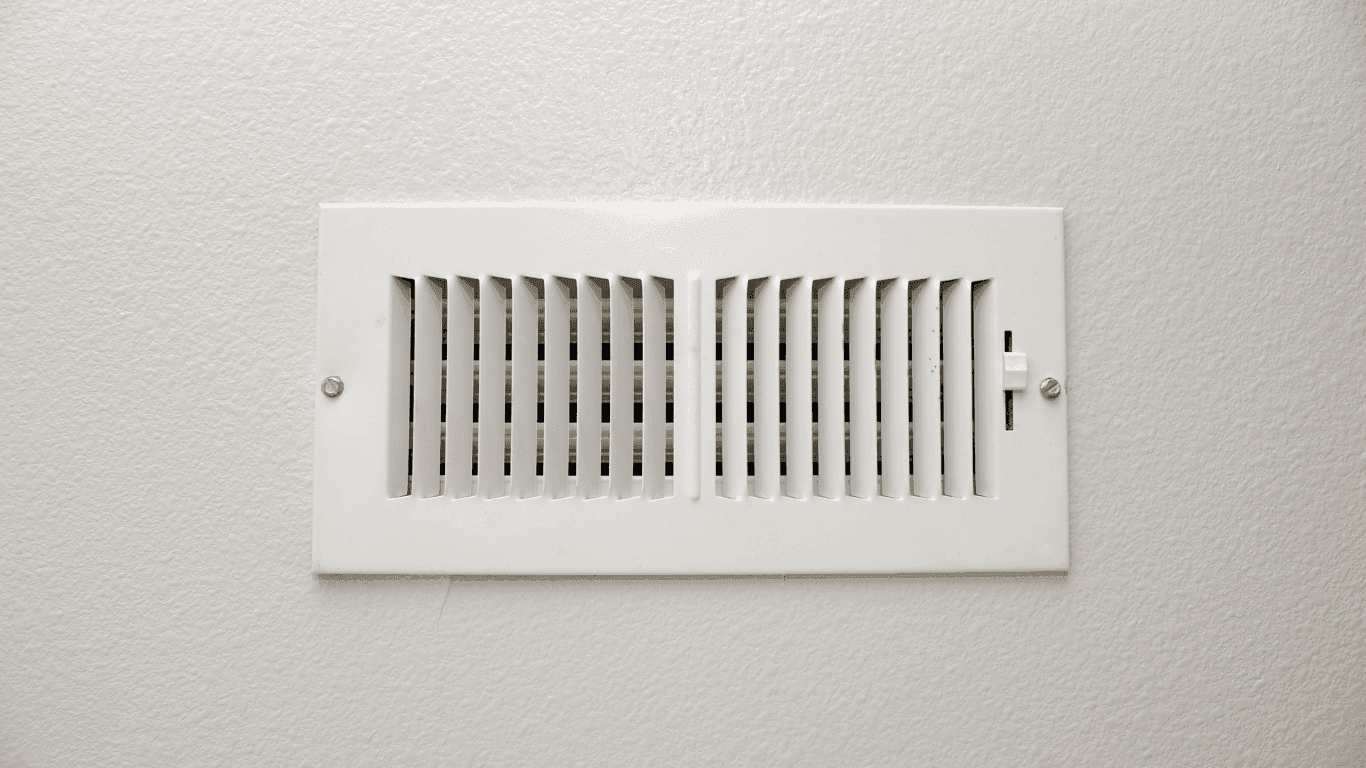July 25, 2025
Does Closing Vents Redirect Air? Here’s What Actually Happens
Wondering if closing vents redirects air to other rooms? Learn why this common trick can backfire, reducing efficiency, increasing system strain, and making your home less comfortable.

Key Takeaways
- Closing vents doesn’t effectively redirect air and may interfere with your HVAC system’s airflow.
- Blocking vents increases pressure in the system and can reduce overall efficiency.
- Closing air vents to cool other rooms often has the opposite effect.
- Shutting vents downstairs will not improve how cool it feels upstairs.
A lot of homeowners wonder: does closing vents redirect air to rooms that need more cooling? It’s a common idea, especially in the midst of summer when certain areas of the house feel hotter than others.
The theory makes sense: if you’re not using a room, shutting the vent should push more air to where you actually need it. But that’s not how most HVAC systems are designed to work.
Does Closing Vents Redirect Air?
Not exactly. When you close a vent, the system doesn’t reroute the airflow, it just hits a wall. The extra air doesn’t magically travel to other rooms of the house. Instead, the pressure in your ductwork builds up, which can throw off your system’s performance.
Closing vents might seem harmless, but over time the added pressure can reduce the efficiency of your system, strain your blower motor, or even lead to minor duct leaks. So while it may feel like you’re helping airflow, you are more than likely creating an imbalance.
Does Closing Air Vents Help Cool Other Rooms?
It’s a common assumption that shutting vents in one area will boost airflow elsewhere as previously discussed. But closing air vents doesn’t work like a valve redirecting water. Most residential HVAC systems aren’t built to redistribute air that way.
In fact, closing vents usually reduces the system’s total airflow. The blocked air has nowhere to go, and the added pressure can cause the blower to slow down. As a result, the rooms that are already struggling to stay cool will stay warmer. Inconsistent temperatures, longer cooling cycles, and less efficient operation are often the outcome.
If certain rooms feel undercooled, it’s more productive to inspect for airflow obstructions, dirty filters, or issues with duct layout. You might also consider whether the system is properly sized for your home, especially if this is an ongoing issue.
Does Closing Air Vents Downstairs Help Cool Upstairs?
In two-story homes, the second level is usually hotter, especially during the summer. That’s when people try closing vents on the lower level to “force” more cool air upstairs.
But does closing air vents downstairs actually help cool upstairs? Not in any meaningful way. The system doesn’t detect closed vents and reroute the air accordingly. Instead, it operates with increased internal pressure, often providing less air to the upstairs.
The real solution may involve adjusting your smart thermostat schedule, improving insulation, or using fans to help move air where you need it most. If upstairs cooling continues to be an issues, it may be time to evaluate your system’s performance and overall capacity.
Why Closing Vents Can Backfire
Blocking airflow seems simple enough, but it changes how your HVAC system functions. When airflow is restricted, here’s what can happen:
- The blower fan may face more pressure, working harder than it should.
- Coils inside the system could freeze due to lack of circulation.
- Pressure changes might cause small leaks in the ductwork.
- The system may short cycle or turn on and off more frequently.
All of this puts extra stress on your equipment. Over time, that can lead to breakdowns or higher energy bills. If you are looking for additional ways to make sure you are heating and cooling your home efficiently check out ENERGY STAR’s guide.
What to Try Instead
If you’re looking for better comfort in specific rooms, try these steps before reaching for the vent:
- Check your filters - A dirty filter limits airflow throughout the entire system.
- Keep vents and returns clear - Make sure nothing’s blocking the path of airflow, like furniture, rugs, or curtains.
- Use ceiling or standing fans - These help circulate air and support cooling without affecting the HVAC system.
- Upgrade to a smart thermostat - Smarter controls give you more flexibility, especially with multiple floors.
- Get a system check-up - If certain areas are consistently too hot or cold, it might be time for a professional inspection. Mint Home can help identify whether the system is properly sized, needs a few small changes, or if there are issues with the ducts or zoning of your home.
So, Does Closing Vents Redirect Air? The Bottom Line
In most homes this is not true and typically leads to less comfort. Rather than forcing your system to work around a blocked vent, it’s better to keep airflow open and focus on more effective ways to manage temperature.
If your system still isn’t keeping up, Mint Home can assess what’s going on and offer the right next steps, no pressure, just clear answers.
Need a hand figuring out your airflow issues? Mint Home provides fast quotes online and stress free installs in numerous locations.
